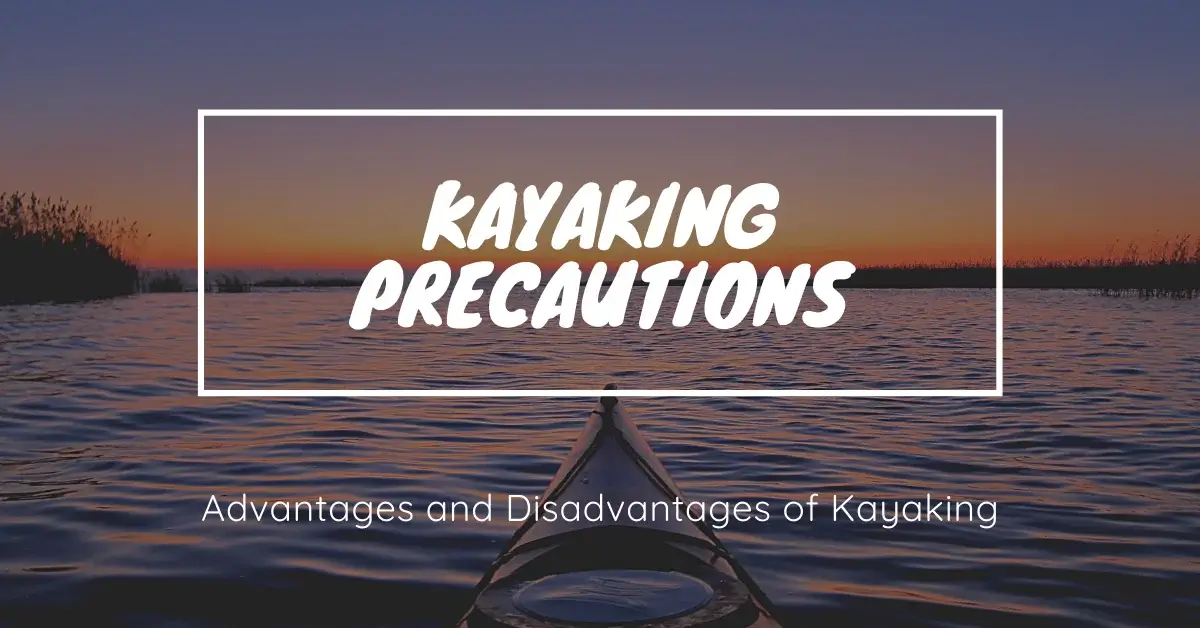Making a kayak more buoyant will be helpful to you if you want to enjoy your time on the water without having to worry about sinking. Buoyancy is essential for an enjoyable kayaking experience, so there are some steps that can be taken to increase it.
Many people are interested in making their kayaks more buoyant without having to replace it. The buoyancy of a kayak is important for safety while on the water. This article shows you what type of material and method should be used when increasing the buoyancy of your kayak.
Buoyancy can be achieved by adding air into or using an inflatable seat pad like the ones used in surfboards. If you’re looking for something more heavy-duty, try filling up your kayak with polyurethane foam pellets.
What is Buoyancy means?
The first and most basic definition of buoyancy is the force that pushes on an object and makes it float. Buoyancy can be found in both liquids and gases.
A person’s buoyancy varies depending on the density of the fluid they are in. The more dense the fluid, the more difficult it is to float. The less-dense the fluid, the easier it is to float.
This means that a person would float higher and higher if they jumped into a pool of maple syrup than if they jumped into a pool of water.
How to Make a Kayak More Buoyant
Kayaks are known for their ability to stay afloat. However, kayaks can sometimes have trouble staying afloat even if they are weighted down with enough hunks of lead.
To help kayakers stay afloat, manufacturers have created inflatable seats for use in the kayak. Some companies have made innovations including a thin layer of foam to increase buoyancy and a thin foam insert that can be fitted into the seat to increase comfort.
These innovations have helped broaden the variety of kayaks available on the market, as it has allowed paddlers to find a boat that best suits their needs.
Sometimes kayak can be difficult to keep afloat. Fortunately, there are a few ways to make a kayak more buoyant. Here are some methods:
Flotation Bag
One of the most old-school ways of becoming more buoyant in a kayak is by using a flotation bag. The flotation bag is made of waterproof fabric to provide buoyancy and floats on the water’s surface, which allows kayakers to focus on paddling rather than keeping their heads above water.
This method is typically used when inflatable kayaks are not an option. A bag full of air can make you seem like you are on top of the water, which makes maneuvering your boat easier.
The flotation bag has compartments that can be filled with air to manipulate the kayak’s buoyancy. A weighted anchor can also be attached to the kayak through the anchor hole in order to keep it in place. Once deployed, depressurize the compartments so it sinks below weight.
The first thing to do is find a bag that will fit fully inside the kayak, which means it should be at least as long as your kayak. Next, fill up the bag with air and release it so that it sinks to the bottom of the water. This makes it easier to tie off the opening to seal in all of the air.
Flotation bags are priced anywhere from $25-200 depending on the size of the kayak. The average cost for a 1 or 2 person kayak is about $100 while a larger 3 or 4 person kayak will be closer to $200.

Using Beach Ball Method
The Beach Ball Method is a technique that can be used to make your kayak more buoyant. It involves filling the kayak with air, just like the way one might use a beach ball to float in water.
Essentially, you are filling your kayak with air to create more surface area on the boat resulting in increased buoyancy. The process consists of filling a beach ball with air and tying it under the kayak so that the surface of the ball is at or below the bottom of the kayak.
This method is easy to accomplish and can be done in a matter of minutes with a few basic supplies, such as a vinyl tube, a needle, and a valve stem from an old bicycle tire.
Pool Noodle method to buoyant more
A few years ago, a group of friends were playing around with pool noodles and found that they could use them as a kind of buoyant material for their kayaks instead of the typical foam.
They had seen people use pool noodles for this purpose before, but they thought it was just too funny not to try it out themselves. They cut the noodles into little pieces, dipped them in water, and then wrapped them around their kayaks.
I have found that pool noodles are often much cheaper than other alternatives, which means you can spend less. Pool noodles are also very versatile meaning they can be adjusted to make your boat more buoyant depending on what you need.
The only downside is that it may take time to find the right size for your kayak, but once you do it will look great!
DIY Method
- Use empty beer cans with the tab removed to place under the kayak during storage
- Cut off the top of a coke bottle with the mouth facing down and use this as an air chamber.
Conclusion
A kayak is a vessel that needs to be buoyant in order to float at the surface of the water. Buoyancy is achieved by adding air bubbles, blowing up a balloon, or using an inflatable tube.
Inflatable tubes are preferred because they can be easily filled with air and deflated after use, which helps to make it more compact for storage.


